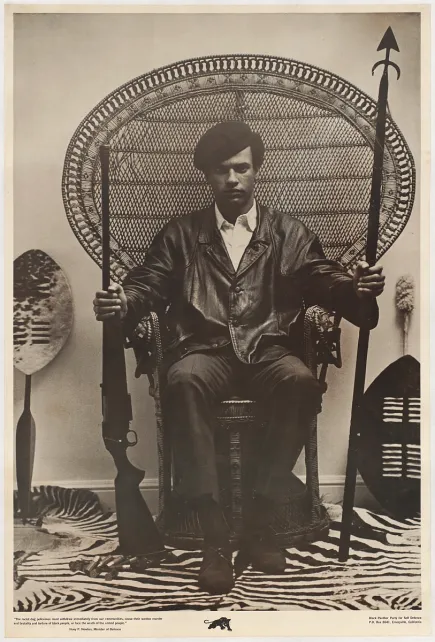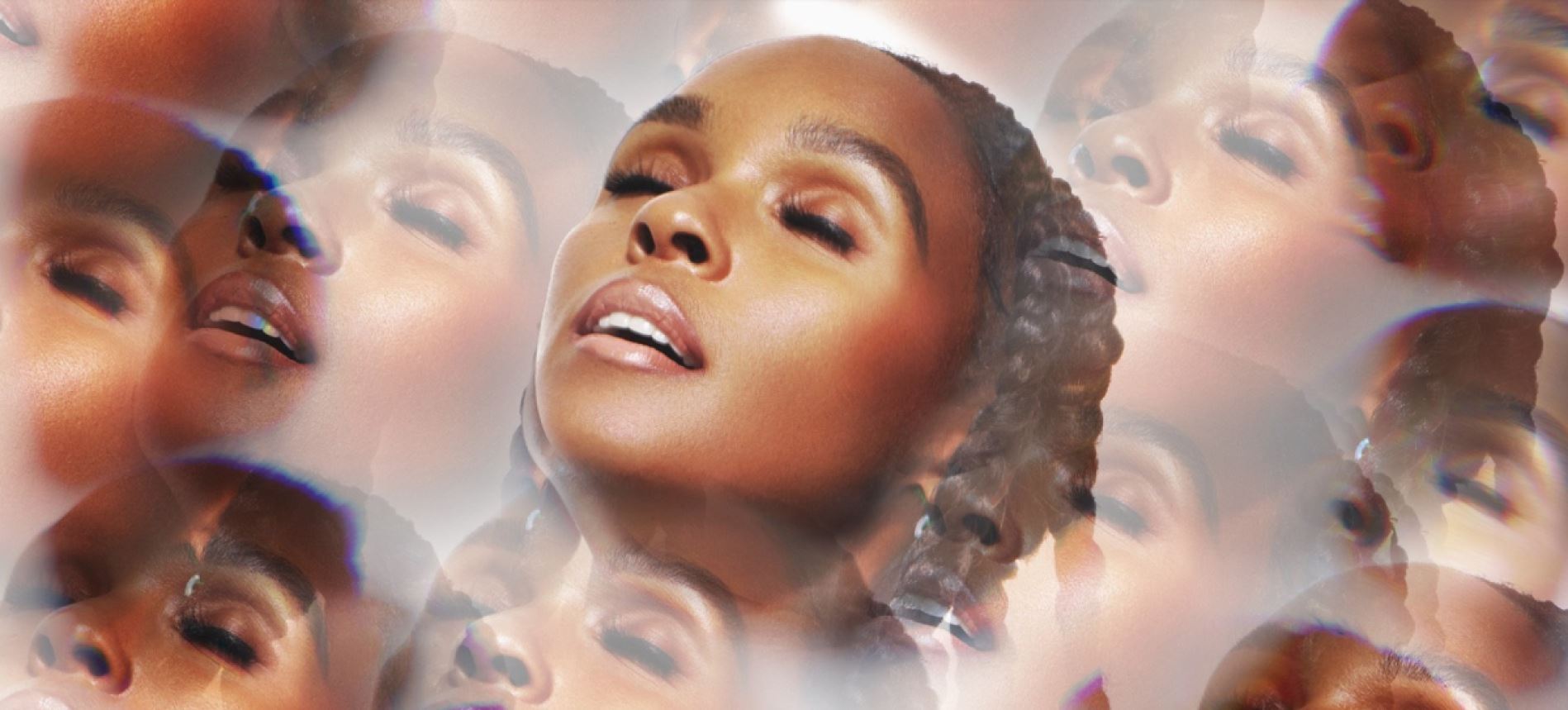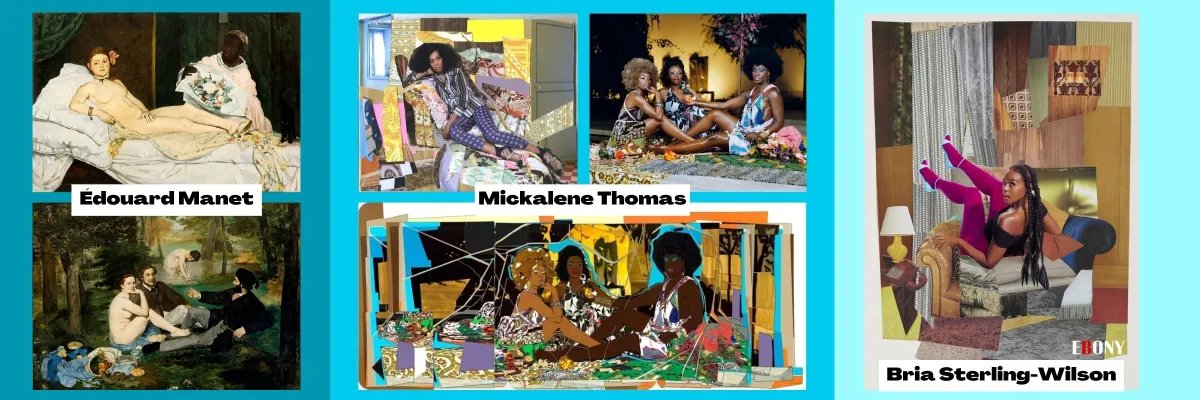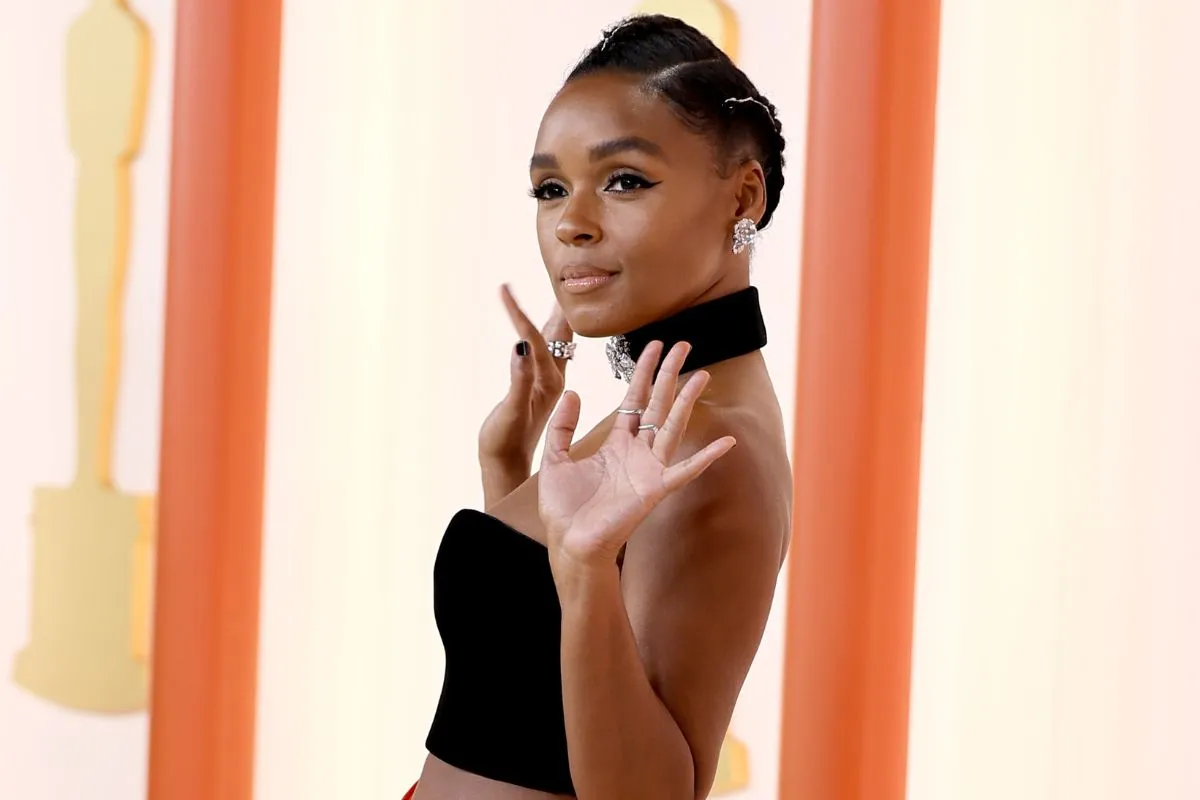What made last month’s EBONY magazine spread so loved (and controversial) wasn’t simply that Johnathan Majors was shirtless. (That was excellent.) It was more so the juxtaposition of being cut to all hell and surrounded by cultural markers of femininity. This is kind of on-brand for Majors. In fashion, roles, and interviews, Majors doesn’t hold back from associating with vulnerability. That kind of confidence has insecure people very upset, hence the controversy. Additionally, people loved the anime and cosplay influences connected to the shoot via stylist Alexander-Julian Gibbson.
For EBONY‘s March 2023 issue, Janelle Monáe graced the cover. It’s another month of conversation-worthy gushing over the artistic direction.
This feature comes at a very big time in Monáe’s life. Twenty years after their first EP (The Audition), Monáe is teasing music for a possible fourth studio album. And that’s coming off the heels of their 11th movie and first book. Since coming out as pansexual in 2018, Monáe has slowly eroded the thin wall between themself and the story of Cindy Mayweather and Jane 57821. Last year, they also came out as non-binary, going by she/her and they/them pronouns. This makes Monáe the first non-binary person to be featured on EBONY. Though now, depending on what you ask them, they might say, “freeassmuthafucka.”
The conversation between Monáe and Tre’vell Anderson for the magazine’s feature is fascinating. But just as interesting is the photography, featuring the work of Keith Major and Bria Sterling-Wilson. There’s so much art history and Black queer history built into this stunning spread. Let’s start with the gorgeous cover.
Electric android plugging into the past, present and future
There are angles of the cover, but the one constant is Monáe in a red dress sitting upon a throne of wicker. Shooting Monáe in the famous peacock chair connects them to 100 years of portrait photography. This includes visual markers to the Black Power movement of the ’70s and ’80s, similar to their video “Django Jane.” After Huey P. Newton’s photo was taken in this chair, the peacock chair style of portraiture was permanently reracialized. It became forever connected to the fight for liberation among marginalized people (but centering on Blackness). This fight is present in both Monáe’s various artistic expressions and in their activism.

I say “reracialized” and not “racialized” because of the history of this chair in photography. Also called the “Manila” or “Philippine” chair, the design mixes Victorian aesthetics with regional materials like rattan and bamboo. The first known image featured a nameless prisoner (and her child) sitting for the El Paso Herald. Following the Spanish-American War, the U.S. held The Philippines under violent colonial rule for 48 years. This led to increased in American travel to The Philippines, and one popular tourist destination was the Bilibid Prison, which also served as a furniture manufacturer. Tourists would visit the prison, see the furniture built by forced labor (slavery), and ship furniture back to their homes in the mainland U.S. The chairs and prison were so popular with tourists, publications from The California Outlook to Vogue wrote about the excursion.
After a few decades of use in photography, the music industry picked it up as a prop piece for album art. However, when Newton sat on it for a 1968 poster that read, “The racist dog policemen must withdraw immediately from our communities, cease their wanton murder and brutality and torture of black people, or face the wrath of the armed people,” that changed its association back to being overtly racialized. Photographing oneself in the chair, especially posed, became associated with Black liberation. Thus, it became reracialized. It’s only fitting Major wanted to connect Monáe to this, as much of their art seeks to affirm that same liberation by centering Black and queer perspectives.

The tessellation effect also gives off this ’70s glamour, while feeling the future and space like a kaleidoscope. Another fitting detail, considering Monáe’s art has a contribution to the tradition and genre of Afrofuturism.
I bite back
While I love the cover and its connection to history, my favorite part of this whole shoot is the collages by college student Bria Sterling-Wilson. When I first saw them, I actually thought this was the work of Mickalene Thomas, which is significant for a number of reasons. Thomas designed the cover art for Solange Knowles’s True EP back in 2012. Beyond their connection of being singer-songwriters fusing genres in the music industry, Solange and Monáe have been close over the years. In addition to collaborating on tracks like Electric Lady, Monáe (and Pete Wentz) actually introduced Solange to her then-second husband. Both artists pull on visual/auditory cues from the past in their work and bring in others that do the same. Monáe and their team handpicked Sterling-Wilson as someone they wanted to collaborate with in this shoot.
Sterling-Wilson created these collages with very retro textures, because they reference a time when social change was in the air. She also pulls directly from Thomas, who she’s called one of her biggest influences. By referencing Thomas, Sterling-Wilson also connects her work to 1800s French painter Édouard Manet. Through naming and artwork composition, Thomas uses the familiarity of Manet to talk about Black women and queerness.

One of the many reasons Manet is famous was because he had the nude, female subject looking straight at the viewer. “Otherized” forms, like women’s bodies and anything that deviates from a culture’s concept of “normal,” are deemed as something gazed upon. They are something to be studied by scientists and made sense of. Society rarely responds positively when what is “supposed” to be the subject is self-aware, let alone when she/they speak. See the shift in attitudes of various marginalized people when they make gains in a resemblance of equal grounds. Thomas plays with the same concept, except there’s more cultural tension when then person that looks back is a Black woman.
As a student of art, Sterling-Wilson would be familiar with Manet’s work and this history, like Thomas was. She’s tapping into all of this with her collages, just as Major does with his photography.
Monáe has always made their work about the concept of “the other” by speaking on class, race, gender, and sexuality. They’ve expressed this otherness through android characters in their work. Now, they are speaking directly to us.
(Featured image: Mike Coppola/Getty Images)










Published: Mar 19, 2023 01:03 pm